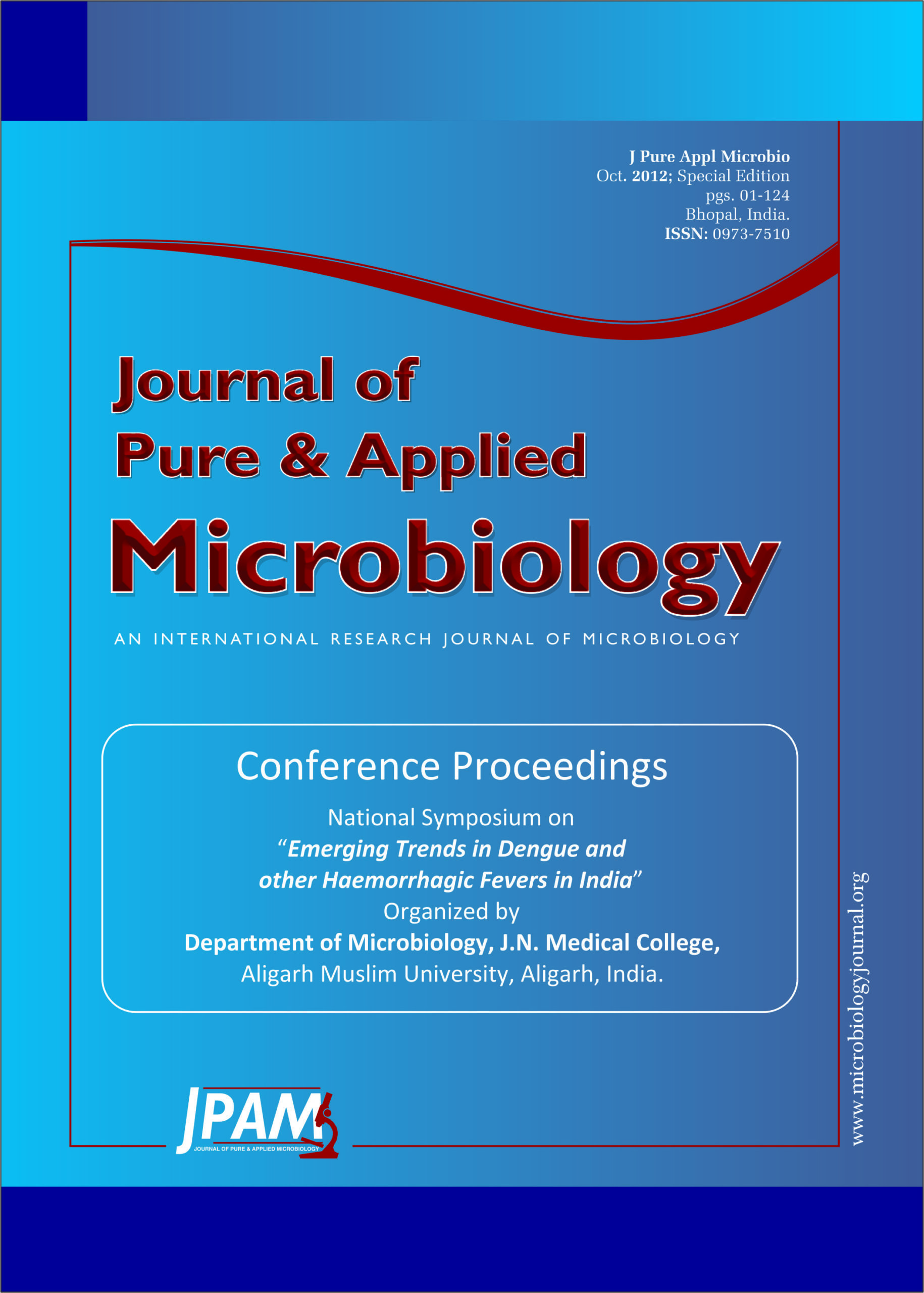Malaria afflicts 36% of World’s population i.e. 2020 million in 107 countries situated in tropical and subtropical region. Global incidence of dengue has grown dramatically in recent decade. About two fifth of World’s population are at risk of infection and it is found in tropical and subtropical climate. It is estimated that 52% of World’s population are at risk of contacting dengue infections. The aim of this study was to correlate the incidence of malaria and dengue with the rainfall in the Aligarh region. The diagnosis of dengue was made by serology (SD BIOLINE), and the diagnosis of malaria was made by Giemsa stained peripheral blood smear examination, Quantitative Buffy Coat examination and Rapid antigen detection test for malaria. Month wise rainfall record was plotted against the cases of dengue and malaria. Statistical analysis was done by SIGMA PLOT version 9. P value was found to be significant for the incidence of malaria and dengue cases to that of rainfall.
Malaria, Dengue, Rainfall
© The Author(s) 2012. Open Access. This article is distributed under the terms of the Creative Commons Attribution 4.0 International License which permits unrestricted use, sharing, distribution, and reproduction in any medium, provided you give appropriate credit to the original author(s) and the source, provide a link to the Creative Commons license, and indicate if changes were made.


